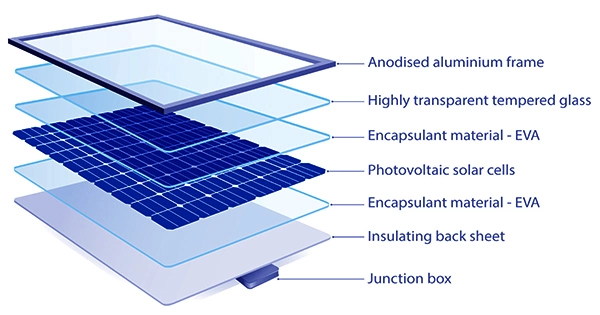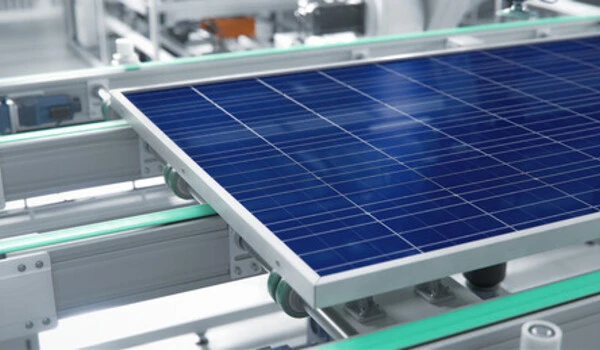Solar cells based on a heterojunction of semiconductors with differing band gaps, known as silicon heterojunction (SHJ), are among the most promising photovoltaic technologies. So far, these cells have demonstrated exceptional power conversion efficiency and operational stability.
Despite their high potential and numerous advantages, SHJ solar cells are often made from rare and expensive materials, limiting their mainstream adoption. Furthermore, their creation is frequently incompatible with established manufacturing processes, hindering large-scale production.
A group of researchers from Suzhou Maxwell Technologies Co., Nankai University, and other Chinese institutes recently announced a novel design and manufacture technique that could lower the costs of SHJ solar technology without sacrificing efficiency. The team showed highly encouraging results obtained by solar cells created utilizing their proposed technique in a study published in Nature Energy.

“The limited supply of rare indium and the high cost of silver paste are among the most important problems that SHJ solar cells will face,” stated Cao Yu, Qiaojiao Zou, and their colleagues in their research. “We successfully prepared cheap and mass-producible undoped tin oxide (SnOx) electrode materials by sputtering at room temperature to overcome the obstacle of indium-based transparent electrodes for efficient SHJ solar cells.”
Yu, Zhou, and colleagues used a highly scalable deposition approach that is compatible with existing production processes to create novel transparent electrodes (essential components of SHJ solar cells) based on undoped SnOx. In preliminary experiments, these materials were discovered to have highly favorable features, resulting in the great performance of the team’s solar cells.
“Taking advantage of its natural oxygen vacancy defect,” Yu, Zou, and their colleagues noted in their research, “the carrier mobility and resistivity of prepared materials reached 22 cm2 V1 s1 and 2.38 103 cm, respectively.”
“The efficiency of the SHJ solar cell with an undoped SnOx front transparent electrode was 24.91%.” Furthermore, SnOx films have remarkable chemical stability and can tolerate corrosion during electroplating operations caused by acid and alkali solutions. Finally, SHJ solar cells with plated copper electrodes and halved double-sided indium-based transparent electrodes were constructed, yielding a certified efficiency of 25.94% (total area of 274.4 cm2).”
This team’s latest study demonstrates the promise of employing undoped SnOx as an alternative to indium and silver to generate transparent electrodes for SHJ solar cells. Their proposed design technique appears to maintain solar cell efficiency while drastically decreasing the costs and work required to manufacture them.
The latest discoveries of the researchers may soon stimulate more studies into the possibilities of the transparent electrodes they constructed or electrodes based on other comparable materials. These initiatives could pave the way for large-scale manufacture and commercialization of SHJ photovoltaics, which have so far proven promising but difficult to scale up.
















